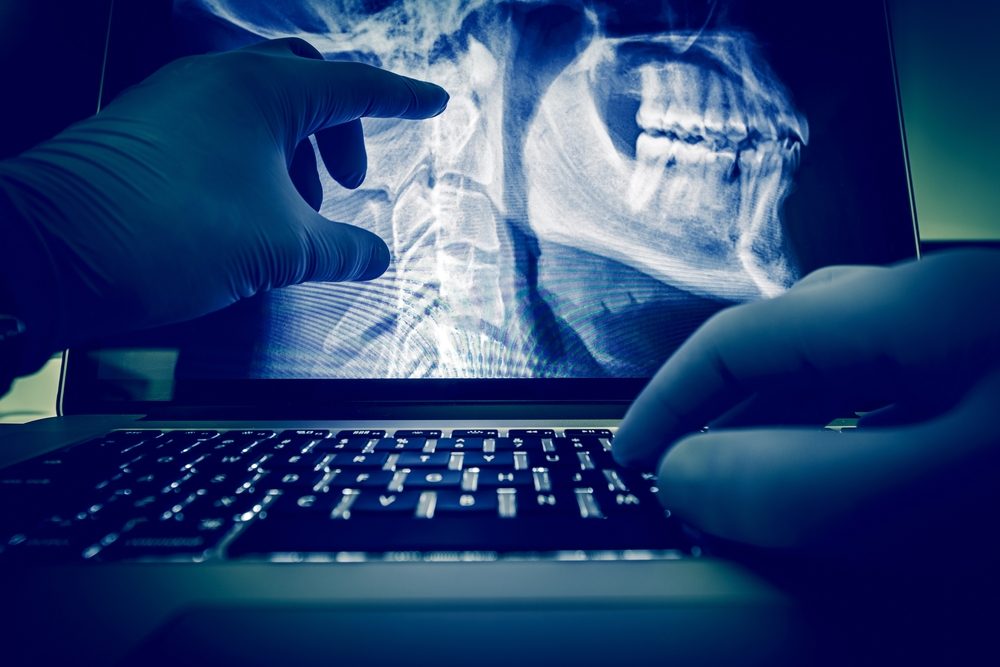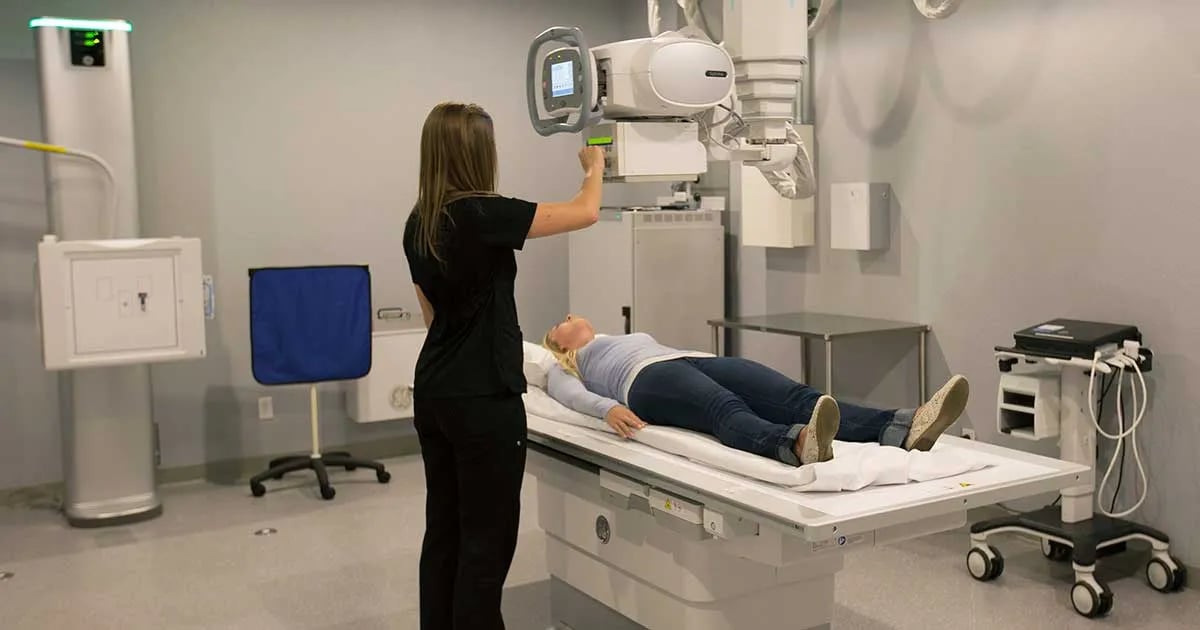Although the task of fully integrating your practice into digital may seem daunting, it’s well worth it. The true integration of your diagnostic equipment (including digital radiography) saves time and money, increases client loyalty, provides patients with better medical care, and greatly improves your bottom line.
So what are some of the many reasons why you should make the total switch to digital in your office? Here they are:
#1) Faster and Easier
Film X-rays were invented over 125 years ago, and technology has come a long way since then. In fact, film is now antiquated compared to its digital relative.

The capabilities of digital X-rays allow for increased patient throughput, where more patients can be moved in and out in less time. This will streamline operations and optimize workflows.
Why is digital faster?
- It’s viewed on a monitor within seconds of taking the image
- It can be quickly enhanced and enlarged for easier diagnosis
- You don’t have to wait to develop any film
- Digital X-rays can be sent to providers via email
- X-rays can be placed in an electronic patient file for immediate access
Digital X-rays can also be shown to the patient immediately on screen in the adjusting suite, meaning there is no need for a lightbox.
#2) Improved Accuracy
Digital X-rays provide high-resolution images that can be zoomed in and manipulated. This makes it easier for practitioners to identify even the smallest anomalies. Digital X-rays also allow for side-by-side comparisons, allowing you to spot changes over time.
#3) Enhanced Image Clarity
Just like comparing an old black and white TV to a new HD TV, the image quality is beyond. With digital X-rays, providers can see more clearly, and even things they might not be able to identify on simple film.
Using film, when an image is unreadable, a retake is usually the only way to gain more clarity. Digital technology provides a closer look than was ever possible with film. In fact, the only time digital images are rejected is due to anatomy positioning.
Image clarity lends itself to less waste, improved efficiency, and a better evaluation tool for the provider.
#4) Greater Efficiency
We’ve already talked about speed and clarity, but digital X-rays are also efficient in the sense that they reduce patient wait times. This allows practitioners to treat more people in a day.
Additionally, digital X-rays can be stored and accessed electronically. This completely eliminates the need for bulky filing systems or any physical space at all.

#5) Patient Safety
This goes along with providing a higher level of healthcare. Digital X-rays reduce a patient’s exposure since they require less radiation than traditional film. In fact, radiation exposure can be reduced by up to 40%.
The Medicare Access and CHIP Reauthorization Act (MACRA) also supports and rewards physicians for “participating in new payment and delivery models to improve the efficiency of care.”
#6) Better Patient Experience
Digital X-rays are fast and can be taken quickly, with less discomfort, reducing patient anxiety. Additionally, patients can view their X-rays immediately, with a practitioner in real-time. This helps individuals better understand their diagnosis and treatment plan.
#7) Cost-Effective
While the initial investment in digital X-rays can be high, the long-term cost savings are significant. Digital technology requires less film, chemicals, and processing time, which can all lead to incredible cost savings. The reduced need for storage space and the ability to easily access digital X-rays will streamline administrative processes and reduce costs associated with paper.
#8) Reimbursement Issues
The Consolidated Appropriations Act of 2016 (enacted in December 2015), discusses a reduction in reimbursement for plain film X-rays by “20% in 2017 and all subsequent years ” and also reducing computed radiography reimbursement by 7% from 2018 to 2022 and 10% thereafter, according to the American College of Radiology.
Therefore, the only way to receive full reimbursement is to switch to digital imaging (direct radiography or DR imaging).

The Benefits of Switching to Digital X-rays
There is a multitude of benefits when switching from film to digital, including:
- There is no waiting for the image.
- No sending film out to process in a lab.
- Images are clearer and can be easily sharpened, expanded, or tweaked.
- Pictures are stored on your computer or in the cloud, unlike a negative, which can be lost or damaged.
What challenges are you facing that is delaying an upgrade? Is it cost, fear, space, or another reason? At Maven Imaging, we can help you choose the right technology to fit all of your digital X-ray needs.

